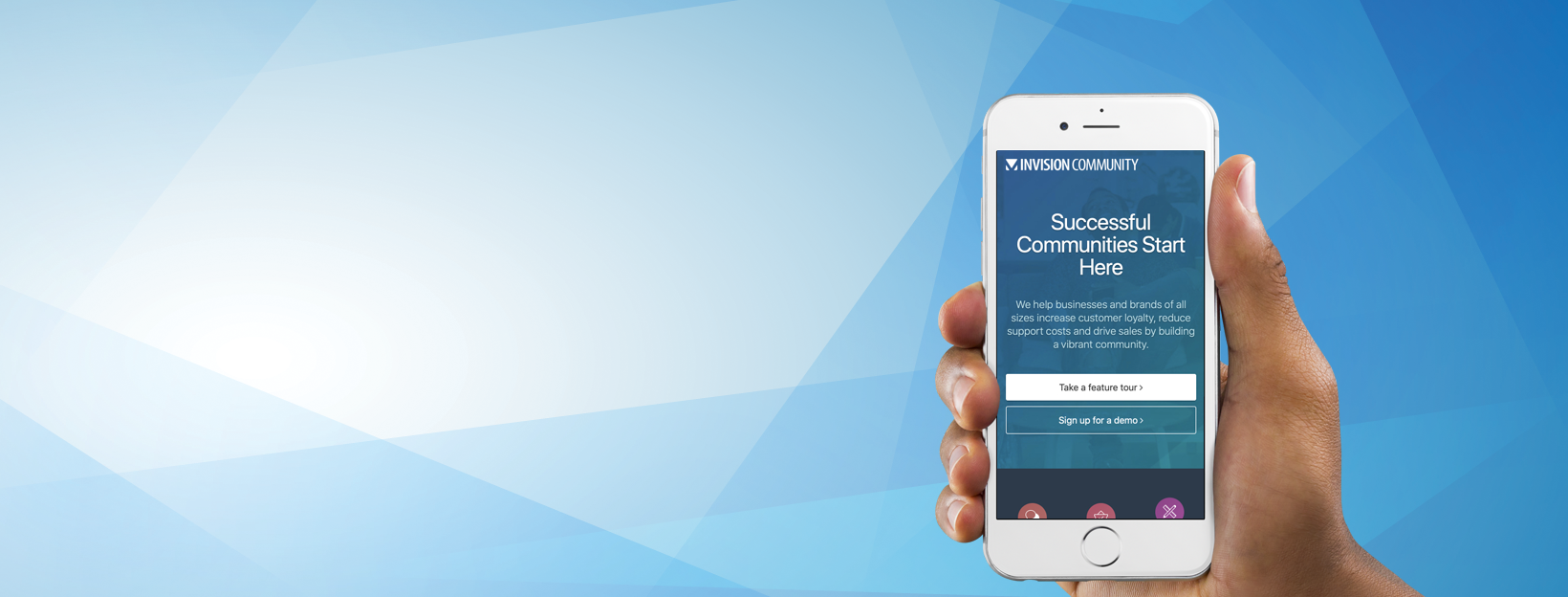
Everything posted by Matt
-
Hump Day: share one of your community building goals
I would imagine the silence is just a period of reflection and deep thought.
-
Unread topics in topic feeds.
This. We cache widgets so we can't show the read/unread styling. It's been this way since 4.5 (2020).
-
Redis 6 compatibility
It should already clear out Redis. If it doesn't, that's a bug. Although to be clear, it "clears" the Redis cache by changing the prefix used for all Redis keys. So you will still have a lot of data in Redis just after you cleared caches, but the Redis TTL will clear them out eventually because Invision Community will no longer ready/write to those specific keys. So if you spot lots of data still in Redis after hitting "Clear Caches" then that's not a bug. If you clear caches and Redis is still returning 'old' data to Invision Community directly, that is a bug.
-
Add JSON Schema for Pages App and other rich snippets!
It's in our back log. We'll get to it pretty soon though.
-
Redis 6 compatibility
Redis is not a cache for the database in the literal sense. We use Redis as a cache for data that is otherwise stored in the database to allow us to retrieve it quickly, but it doesn't assist queries directly like that.
-
Upgrade to 4.6.5.1
Just make sure all the files from /applications/forums/data/ are up to date on your server.
-
Hump Day: 4.6.5 is officially out! 🎈
Yeah, I made a pretty sizeable mess of the release. The team had to rescue it while I was away from my desk.
-
Hump Day: 4.6.5 is officially out! 🎈
During the build process, some of the line ending characters changed. It's safe to just keep using your custom.css when asked.
-
Recompute badges for only one member
- 4.6.5.1
This is a maintenance release for Invision Community 4.6.- How to write an article that has internal link.
Excellent, glad to hear you got it resolved. 🙂- Enable Solved For Pages CMS [Suggestion]
Now this is definitely on the roadmap. It's in the core framework, so just need to update Pages to use it.- How to write an article that has internal link.
How are you adding this HTML to the editor? Does your member group have permission to post HTML? All posts are cleaned to remove potentially breaking elements, but this is bypassed if you have permission to post HTML.- Member can login anonymously when function is disallowed?
I think it'd be worth submitting a support request so we can make sure there's not an issue elsewhere.- New update killed our "rank" system
There is an option when you upgrade to keep existing ranks, or use the new ranks. However, that information isn't much use to you right now. You can recreate the old system by re-setting up your old rank names and levels and disabling every achievement rule except the one for Comment/Reply and New Content Item. You won't need a recent back up, just one to show the previous names and rank levels.- Before I enable achievements, is everyone a newb/start at 0?
I see you had your questions answered. 🙂 Let me know if you need anything else.- How are achievement points calculated?
I think that's most likely the issue, so a rebuild after upgrading should fix it for you.- People are experience slow upload times while signing up
It loads instantly for me. No issues at all.- Critical Login Issue, Can't Login - Error Code 2S119/1
Best submit a ticket and we can take a look.- Forcing English alphanumeric in topic titles?
Unfortunately, this is not currently a feature.- Running the Achievements Rebuild Feature
It took about a weekend to rebuild this site, so that sounds about right.- How are achievement points calculated?
There were a few bugs with the comment rule extension, which should be fixed in 4.6.4. It likely counted 1 topic as one content item and 1 post, rather than just 1 thing. So effectively 2 points per topic instead of 1 when rebuilding.- The subscription for version 4.6.2 is now monthly?
Submit a ticket. Somethings gone wrong®.- Running the Achievements Rebuild Feature
Manually awarded badges are not removed by a rebuild. It would also remember "7 days logged in". It depends on many factors, such as using traffic to run tasks versus cron. You could squeeze it through by running the specific task via cron every minute. Likewise, you could choose the "Run Now" option when viewing the background tasks and leave a browser window open churning through them. When you rebuild you ask the system to pick through every single data point again (comments, topics, members, reactions, etc). It's an intensive operation so it's not something you'd want to do regularly. In the future I may be able to have a rebuild specific rule option.- Replace Badges
It's something we've thought about for a later version. The ability to essentially have one badge update for milestones. We have no immediate plans for this though. - 4.6.5.1



